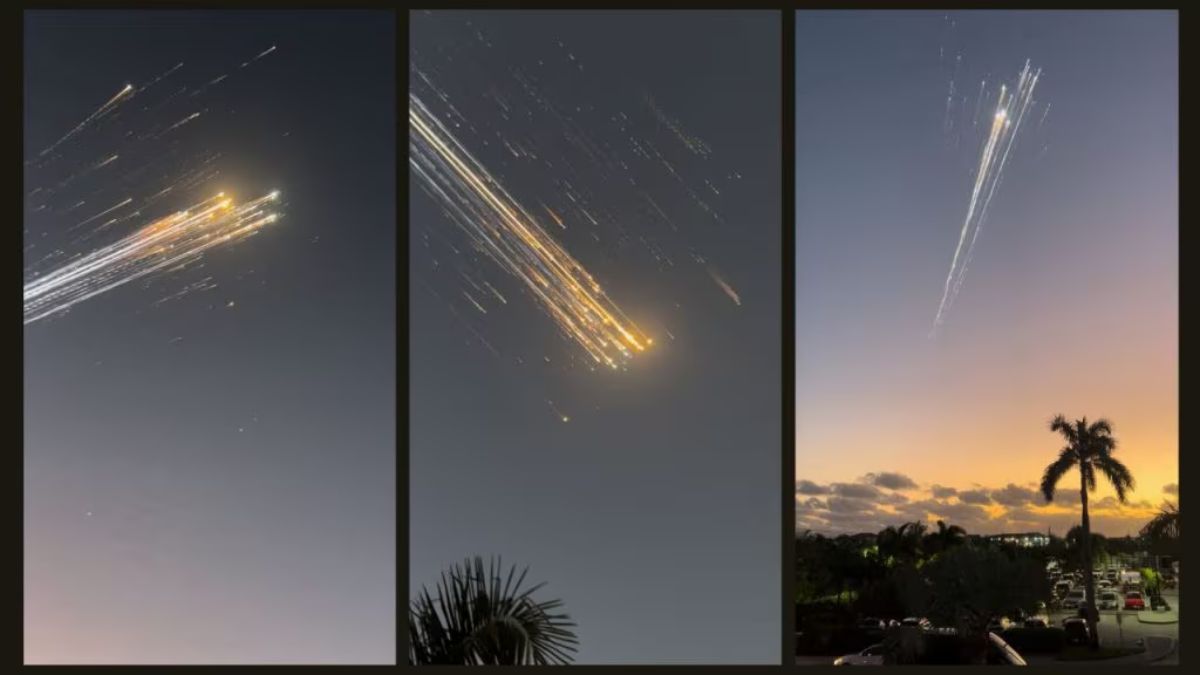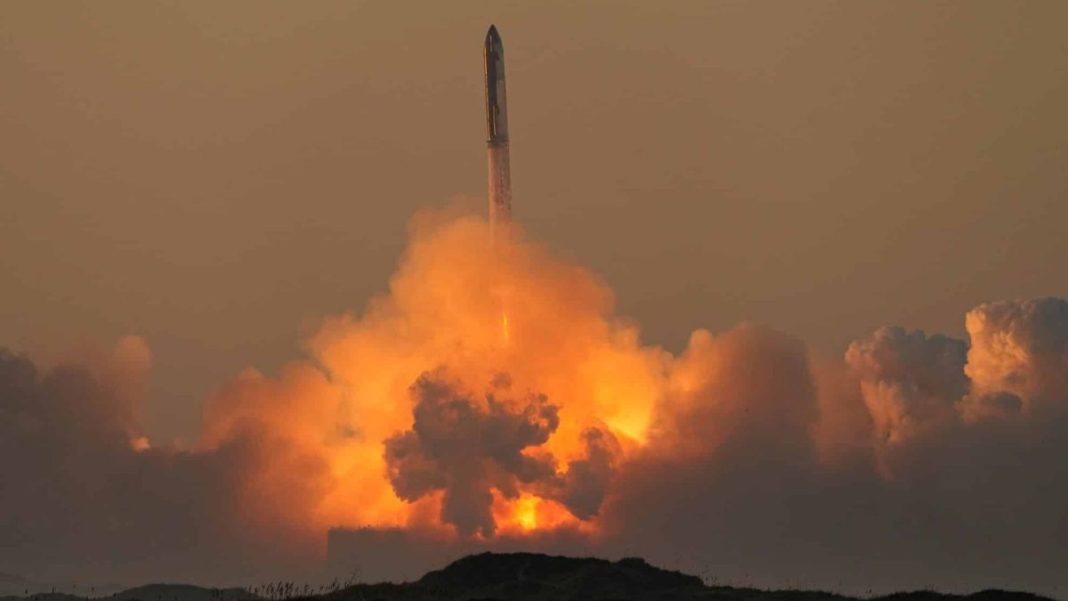An explosion destroyed the upper stage of SpaceX’s Starship vehicle during its seventh flight test on January 16, 2025. According to Elon Musk, SpaceX’s founder and CEO, the likely cause of the incident was a leak in the vehicle’s engine compartment.
The Launch and Initial Success
Starship launched from SpaceX’s Starbase in South Texas, marking another test of the 403-foot-tall (123-meter) megarocket. The mission began smoothly, with the Super Heavy booster and Ship upper-stage spacecraft separating on time. Super Heavy then returned to the launch site, where it was successfully caught by the “chopstick” arms of the launch tower.
However, trouble began for the 171-foot-tall (52-meter) Ship’s upper stage. Approximately 8.5 minutes after liftoff, the spacecraft broke apart over the Atlantic Ocean, creating a fiery spectacle witnessed from the Turks and Caicos islands and surrounding areas.

Preliminary Findings
SpaceX’s initial analysis suggests that an oxygen/fuel leak above the ship’s engine firewall caused pressure to build beyond venting capacity. This led to a fire in the aft section of the ship, culminating in a “rapid unscheduled disassembly” — a technical term for an explosion.
Musk shared additional details via X (formerly Twitter) shortly after the test flight. “Apart from obviously double-checking for leaks, we will add fire suppression to that volume and probably increase vent area,” Musk explained. Despite the setback, he indicated the next Starship launch is still expected within a month.
The Starship vehicle’s Raptor engines are powered by liquid oxygen and liquid methane, making leak prevention a critical focus for future flights.
Investigation and Future Plans
SpaceX emphasized that a thorough investigation will be conducted in coordination with the Federal Aviation Administration (FAA). The company also plans to implement corrective actions to enhance the safety and reliability of Starship’s future tests.
Starship launched within its designated corridor, ensuring public safety on the ground, water, and in the air. Any surviving debris from the explosion fell within the predetermined hazard area. The FAA briefly redirected air traffic around the debris zone, returning to normal operations shortly thereafter.
Despite this setback, SpaceX remains optimistic. The company aims to fly Starship up to 25 times in 2025, demonstrating its commitment to rapidly advancing the spacecraft’s development.
Looking Ahead
While the explosion marked a significant challenge, SpaceX views such anomalies as opportunities to learn and improve. The data gathered from Flight 7 will guide the company as it prepares for future launches, ensuring that Starship continues to push the boundaries of space exploration.

